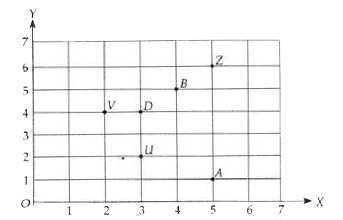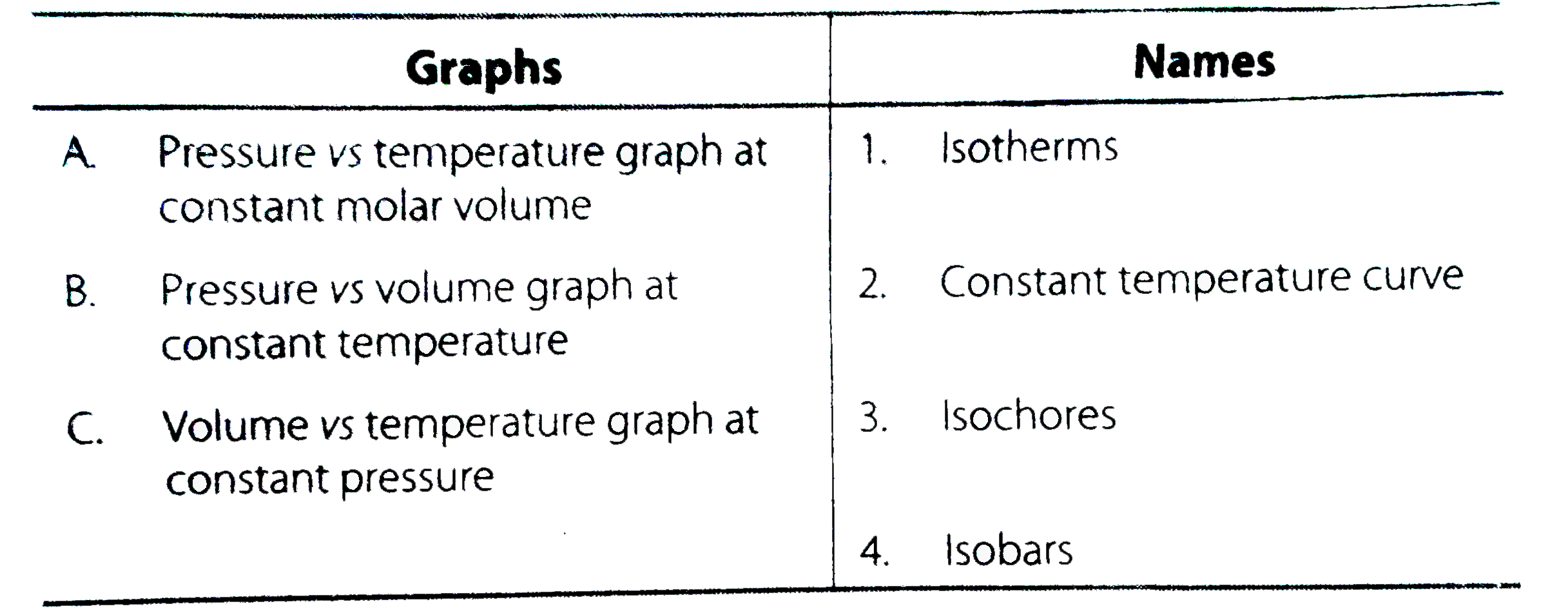Match the following graphs of ideal gas with their coordinates.
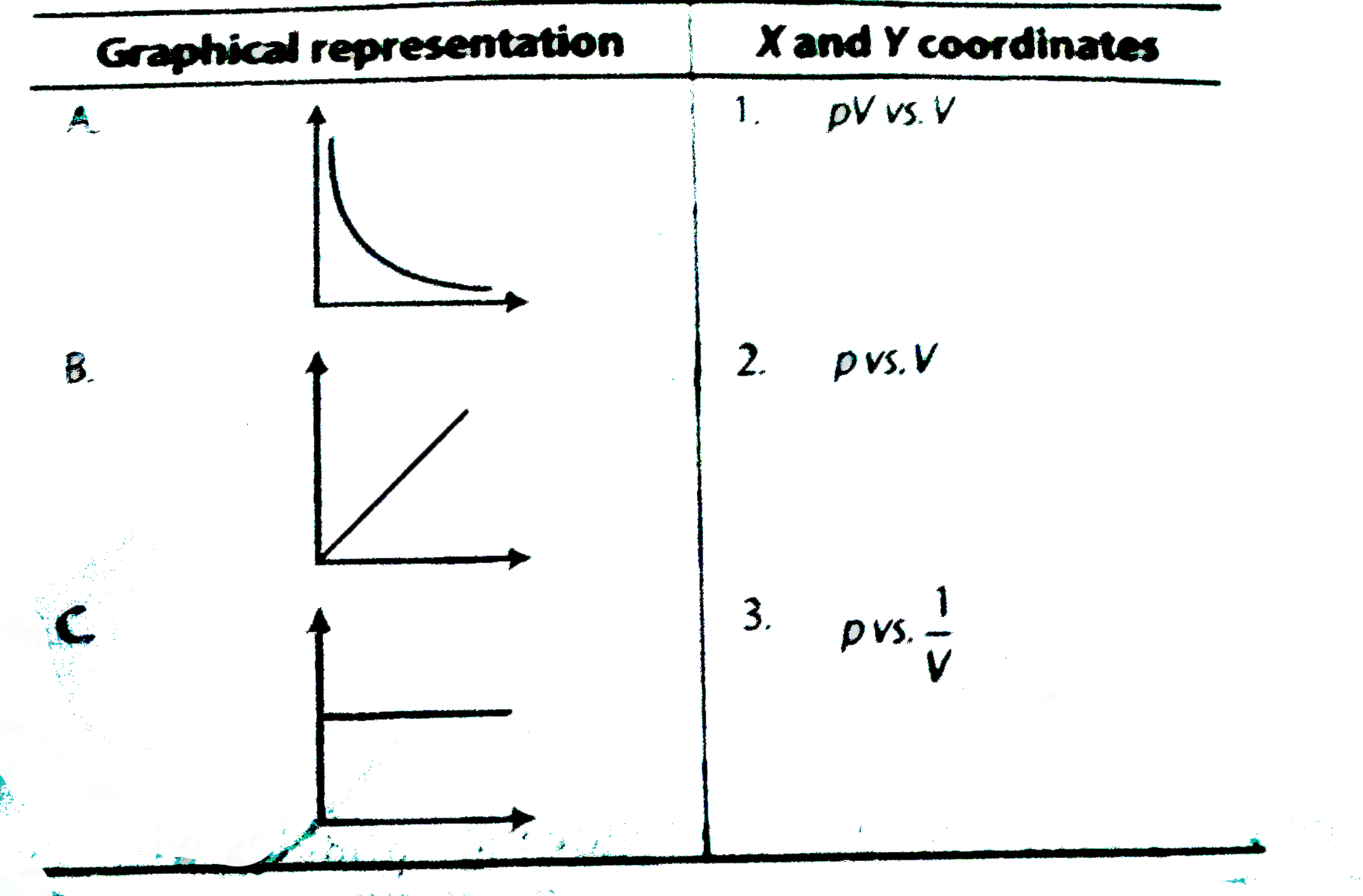
Video Solution
Text Solution
The correct Answer is:A.→(2)B.→(3)C.→(1)
|
Updated on:21/07/2023
Topper's Solved these Questions
- BOOK - NCERT EXEMPLARCHAPTER - STATES OF MATTEREXERCISE - Assertion and Reason6videos
STATES OF MATTER
- BOOK - NCERT EXEMPLARCHAPTER - STATES OF MATTEREXERCISE - Long Answer Type Question6videos
STATES OF MATTER
- BOOK - NCERT EXEMPLARCHAPTER - STATES OF MATTEREXERCISE - Short Answer Type Question23videos
STATES OF MATTER
- BOOK - NCERT EXEMPLARCHAPTER - SOME BASIC CONCEPTS OF CHEMISTRYEXERCISE - All Questions45videos
SOME BASIC CONCEPTS OF CHEMISTRY
- BOOK - NCERT EXEMPLARCHAPTER - STRUCTURE OF ATOMEXERCISE - All Questions53videos
STRUCTURE OF ATOM
Similar Questions
Knowledge Check
- Question 1 - Select One
Which of the following graphs correctly represents the variation of β=−(dV/dP)/V with P for an ideal gas at constant temperature?
A B
B C
C D
D
- Question 2 - Select One
Which of the following graphs correctly represents the variation of β=−dV/dPV
with P for an ideal gas at constant temperature?A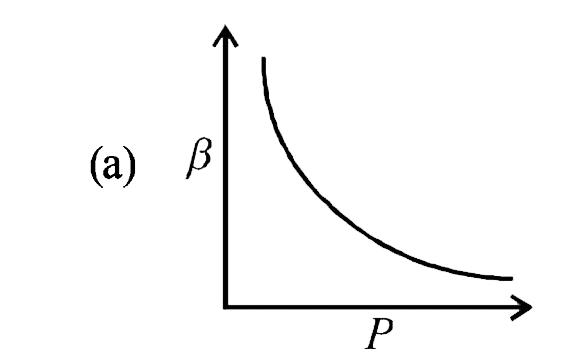 B
B C
C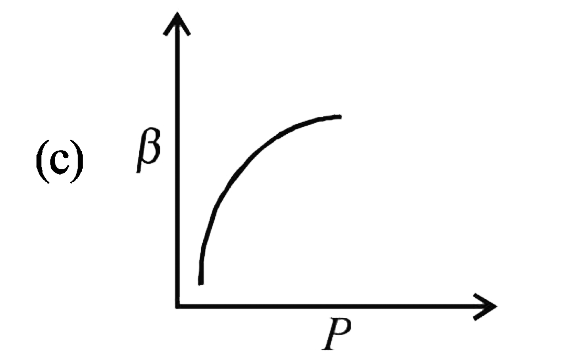 D
D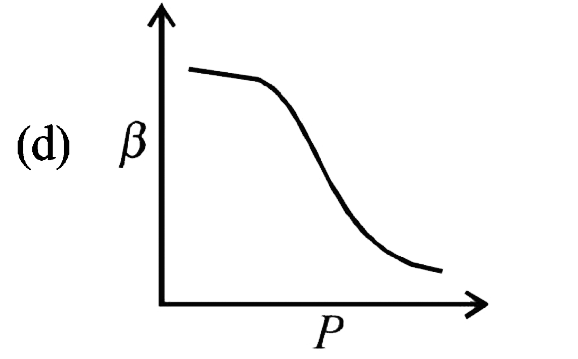
- Question 3 - Select One
Which of the following graphs correctly represents the variation of β=−(dVdP)/V with P for an ideal gas at constant temperature
A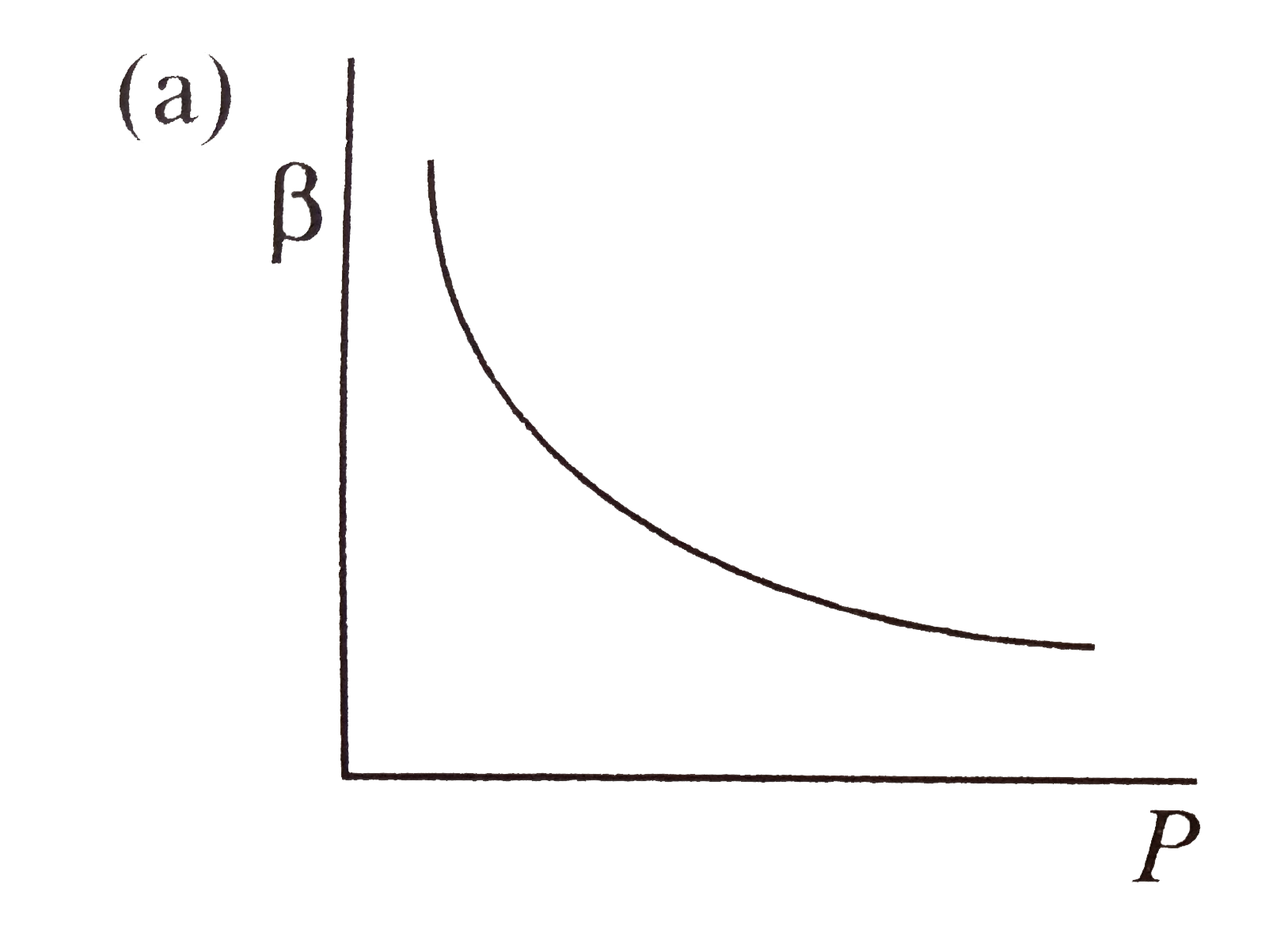 B
B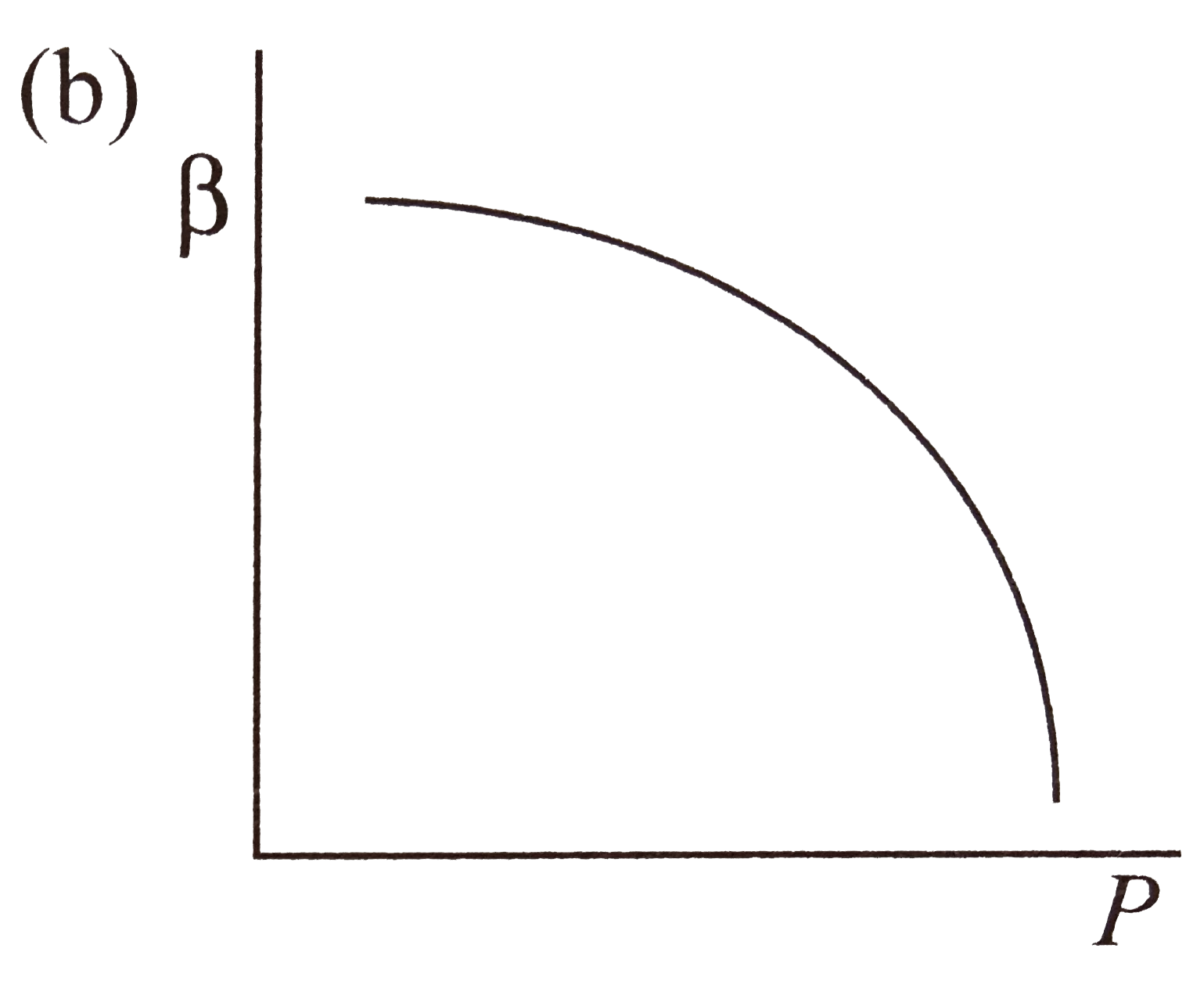 C
C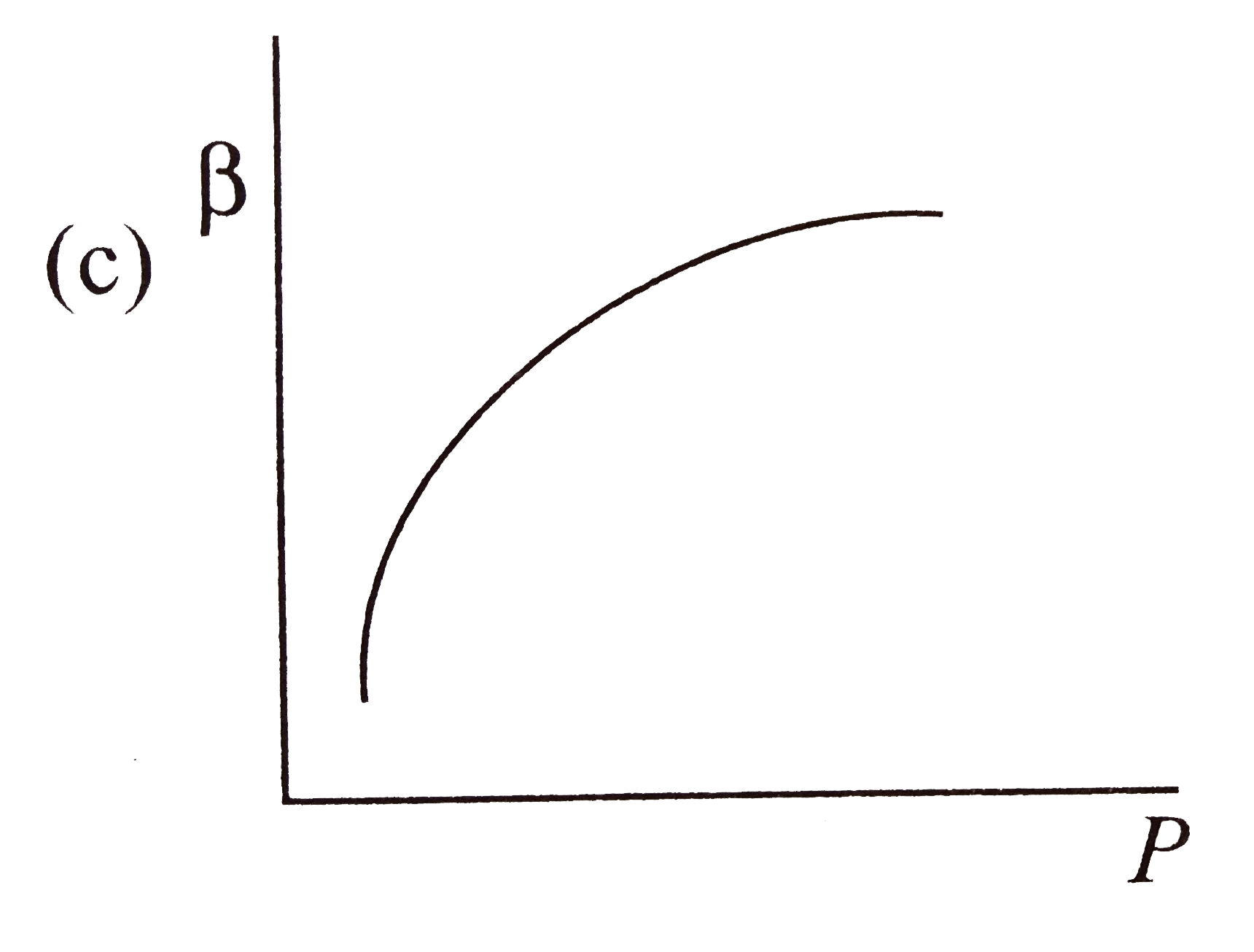 D
D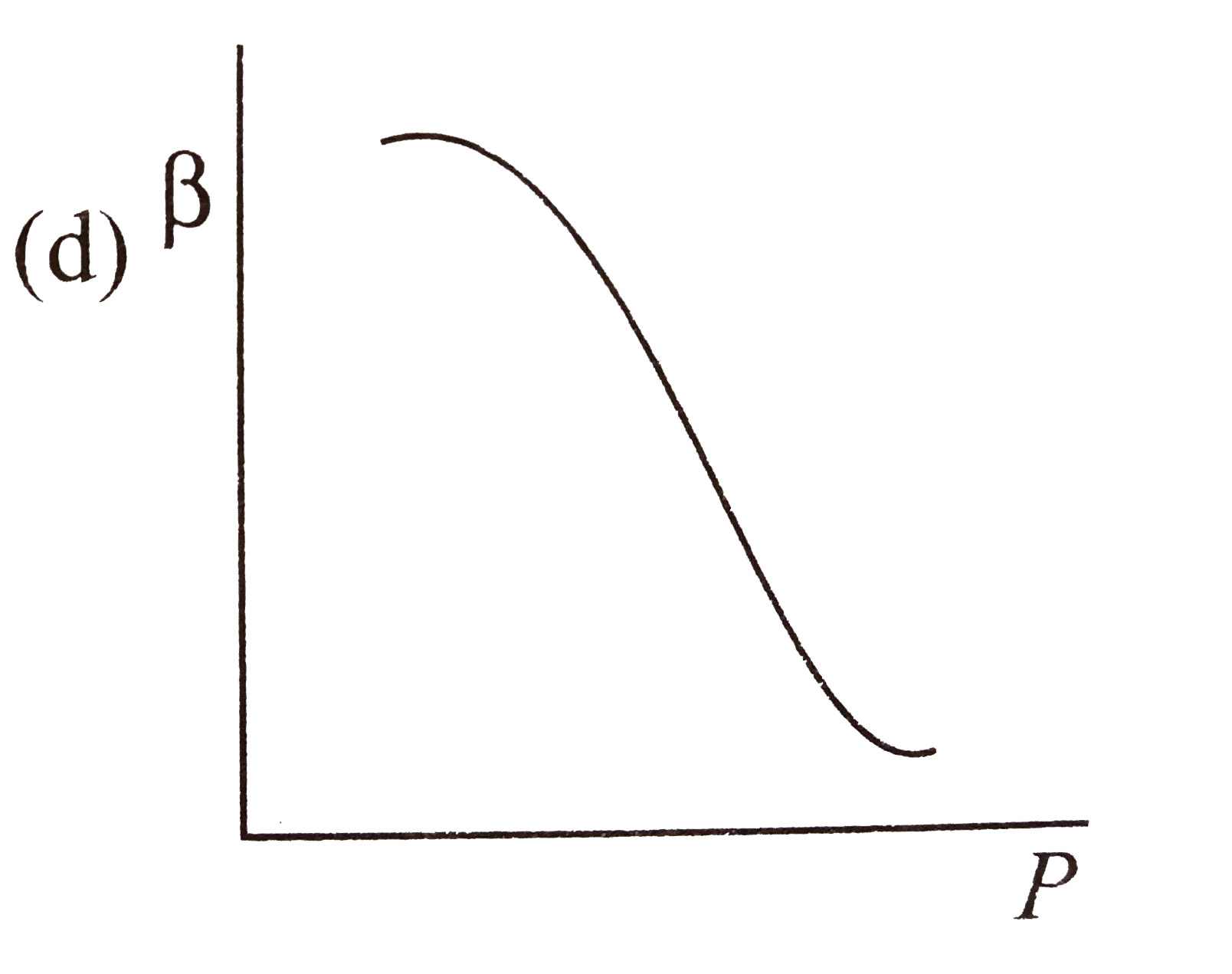
For a ideal monoatomic gas match the following graphs for constant mass in different processes (ρ = Density of gas)
_E01_156_Q01.png) View Solution
View SolutionWork done on a ideal gas in a cylinder when it is compressed by an external pressure in a single step is shown below :
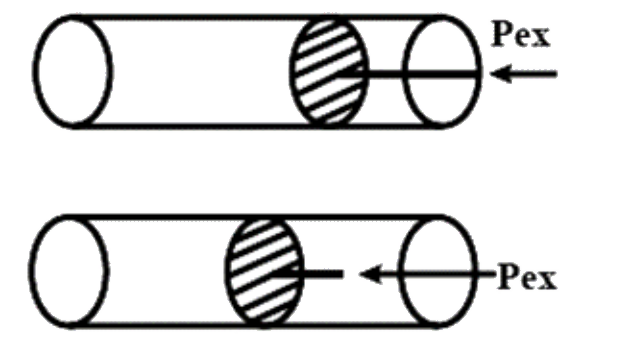
Which of the following graphs will show the work done on the gas?View SolutionMatch the graphs between the following variables with their names :
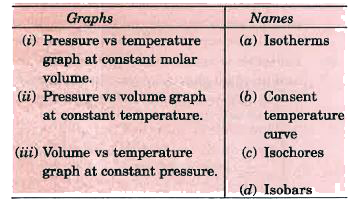 View Solution
View SolutionWhich of the following graphs correctly represents the variation of β=−dV/dPV
with P for an ideal gas at constant temperature?View SolutionWhich of the following graphs correctly represents the variation of β=−(dVdP)1V with P for an ideal gas at constant temperature ?
View Solution



